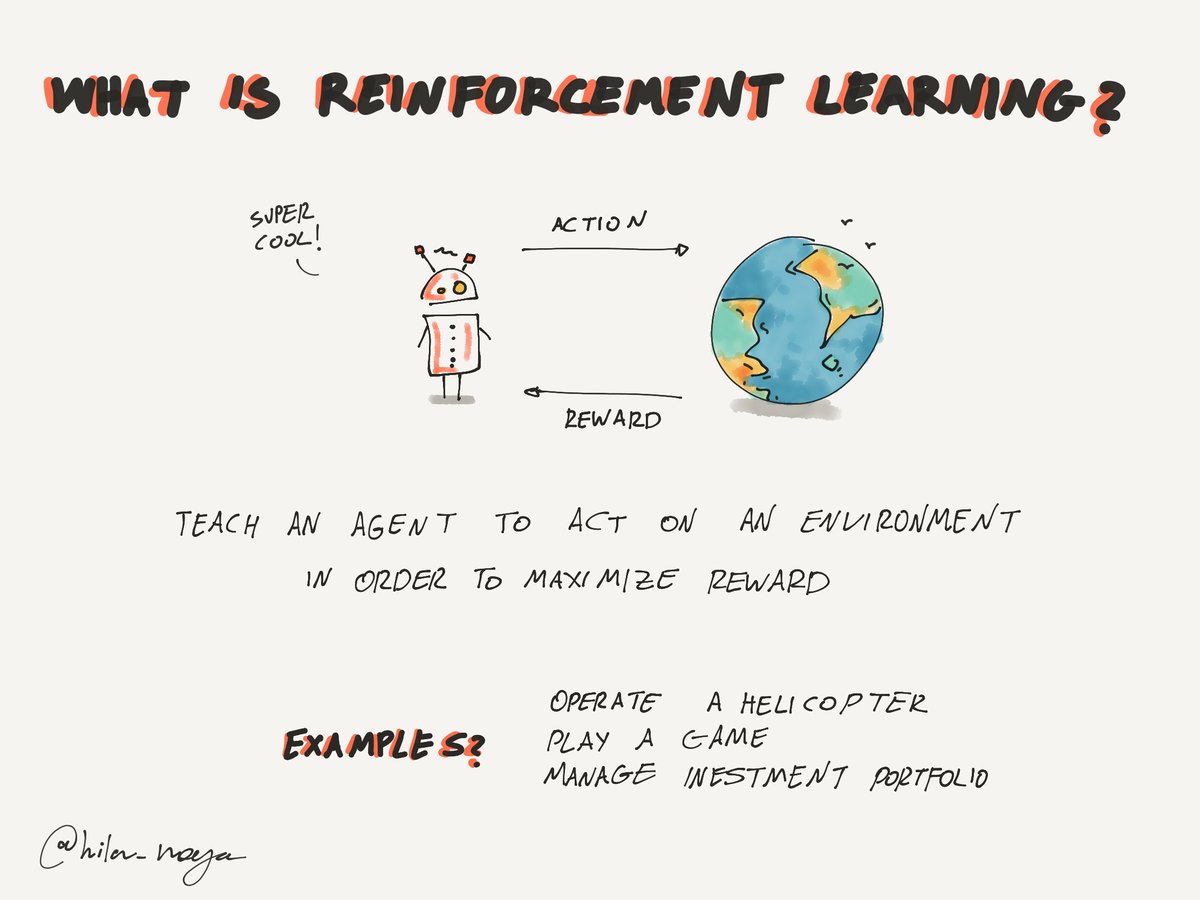My friend @orian_sharoni and I are watching David Silver’s UCL course on #ReinforcementLearning
I’ll be posting notes, thoughts and randomness as we watch the lectures.
I’ll be posting notes, thoughts and randomness as we watch the lectures.

You can find the slides and video lectures here if you want to dive deeper:
davidsilver.uk/teaching/
davidsilver.uk/teaching/
This is an alternate way to think about the state machine from before. I find it easier to wrap my head around infinite trees rather than loopy graphs. 

That’s it for now, got to save some procrastination for later.
From reason this doesn’t appear under the same thread.
https://twitter.com/yoavgo/status/1312671986603249664
• • •
Missing some Tweet in this thread? You can try to
force a refresh













